Kupang Tree
- February 10, 2025
- 0 comment
The Kupang tree (Parkia timoriana) is a versatile and ecologically important species native to Southeast Asia, particularly found in regions like Timor. Known for its unique seed pods and large, feathery leaves, this tree plays a significant role in both local ecosystems and communities. Ecologically, Parkia timoriana is a nitrogen-fixing tree, contributing to soil health and supporting biodiversity by providing food and shelter for various wildlife species. Culturally, the tree holds immense value in traditional practices, with its seeds, pods, and leaves being used for food, medicine, and rituals.
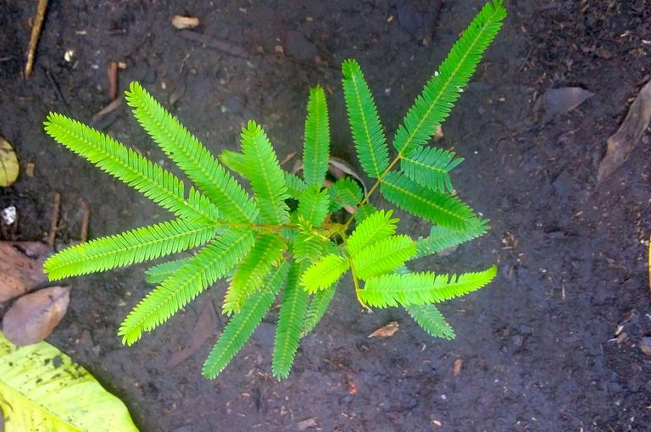
Economically, it offers potential through its integration into agroforestry systems, where it supports sustainable farming and provides a source of income through the sale of its timber and non-timber products. As environmental pressures grow, the Kupang tree’s role in reforestation and carbon sequestration is gaining attention, making it a valuable resource in the fight against climate change. However, challenges such as habitat loss and overharvesting highlight the need for sustainable conservation efforts to ensure the longevity of this vital species.
| Specification | Details |
| Scientific Name | Parkia timoriana |
| Common Name | Kupang Tree |
| Family | Fabaceae (Legume family) |
| Native Range | Southeast Asia, particularly Timor |
| Habitat | Tropical forests, lowlands, and hillsides |
| Growth Habit | Deciduous tree |
| Height | 15-25 meters (50-82 feet) |
| Trunk Diameter | Up to 1 meter (3.3 feet) |
| Leaves | Large, bipinnate leaves, feathery appearance |
| Flowers | Small, white to yellowish, clustered blooms |
| Fruit | Long, cylindrical pods containing seeds |
| Seeds | Edible, rich in protein |
| Bark | Grayish-brown, rough texture |
| Uses | Timber, food (seeds and pods), medicine |
| Ecological Role | Nitrogen-fixing, soil fertility, supports biodiversity |
| Cultural Significance | Used in traditional medicine and local cuisine |
| Economic Importance | Agroforestry, timber, non-timber products |
| Environmental Benefits | Soil conservation, erosion control, carbon sequestration |
| Conservation Status | Not classified, but vulnerable to habitat loss |
Ecological Role of the Kupang Tree (Parkia timoriana)
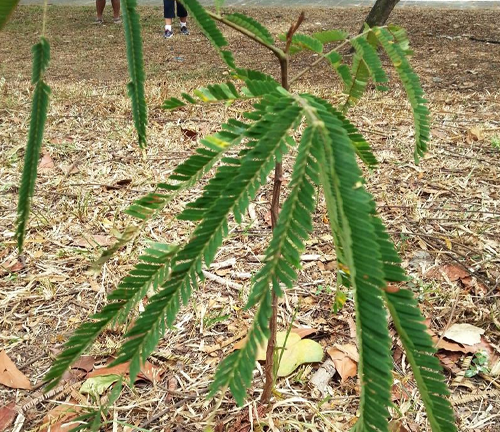
Biodiversity Support
The Kupang tree is an integral part of its ecosystem, significantly contributing to local biodiversity. Its large, branching canopy offers habitat and shelter to various wildlife, including birds, insects, and small mammals. The tree’s flowers attract pollinators, while its seed pods provide food for many species. Additionally, as a nitrogen-fixing plant, Parkia timoriana improves soil fertility by naturally enriching the soil with nitrogen, benefiting surrounding plant species and enhancing the overall health of the ecosystem. This makes it particularly valuable in supporting complex food chains and maintaining ecological balance.
Forest Resilience and Conservation
In regions prone to deforestation or soil degradation, the Kupang tree plays a vital role in reforestation and soil stabilization. Its extensive root system helps prevent soil erosion, particularly in degraded landscapes. As a hardy and resilient species, the Kupang tree can thrive in poor soils, making it an essential component in restoring damaged ecosystems. Moreover, by helping to maintain forest cover, Parkia timoriana contributes to the resilience of forests against the impacts of climate change, preserving biodiversity and protecting against extreme weather conditions.
Traditional and Cultural Significance

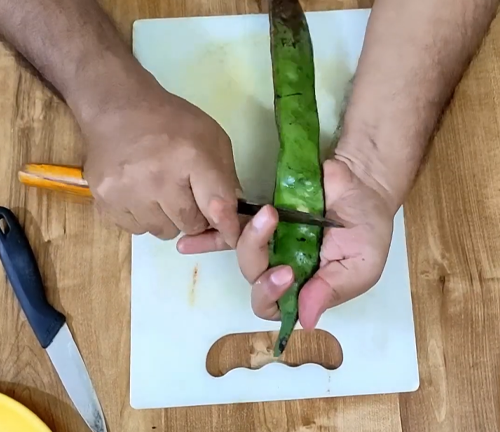
Historical Uses
For centuries, the Kupang tree has held significant value in indigenous communities across Southeast Asia. Traditional healers have used its leaves, seeds, and bark for medicinal purposes, treating ailments such as infections, digestive issues, and inflammation. The tree also plays a ceremonial role in cultural rituals and folklore, symbolizing strength and resilience. Its deep-rooted connection to local traditions underscores its cultural importance in the region.
Culinary Applications
The seeds, pods, and leaves of the Kupang tree have long been part of local diets. The seeds, often roasted or boiled, are rich in protein and serve as a nutritious food source. The pods are sometimes used in soups and stews, adding flavor and texture to traditional dishes. The leaves are also known for their nutritional value and are used in various culinary applications. These uses make the Kupang tree a key resource for local food security, especially in rural areas.
Economic Importance of the Kupang Tree (Parkia timoriana)
Timber and Non-Timber Products
Beyond its ecological and cultural significance, the Kupang tree has considerable economic value. Its wood, while not the most commercially sought after, is durable and used for construction, furniture, and firewood. More importantly, the tree provides non-timber products such as seeds, pods, and leaves, which are harvested for food and medicinal purposes. These by-products hold significant economic potential in local markets, providing income for rural communities.
Agroforestry Integration
The Kupang tree is often integrated into agroforestry systems, where it supports sustainable farming practices. Its ability to improve soil fertility makes it an ideal companion for crops, enhancing agricultural productivity. The tree also serves as a source of shade and habitat for beneficial insects, promoting a balanced and sustainable farming ecosystem. In local economies, Parkia timoriana contributes to livelihoods through the sale of its products, creating a sustainable model of income generation.
Environmental Benefits and Sustainable Use
Carbon Sequestration
As the world faces the urgent need to mitigate climate change, trees like the Kupang tree play a crucial role in carbon sequestration. Parkia timoriana captures and stores carbon dioxide from the atmosphere, helping to reduce greenhouse gas emissions. Its large canopy and long lifespan make it particularly effective at storing carbon, contributing to global climate goals.
Sustainable Harvesting Practices
To ensure the long-term survival of Parkia timoriana, sustainable harvesting practices are essential. This includes responsible extraction of its seeds, leaves, and timber to avoid overharvesting and degradation of its populations. Educating local communities on sustainable methods helps maintain a balance between utilization and conservation, ensuring that the tree continues to benefit both people and the environment.
Conservation Efforts
Efforts to conserve Parkia timoriana are increasingly important, especially as deforestation and agricultural expansion threaten its natural habitat. Conservationists are working to protect existing forests where the Kupang tree grows, while also promoting its use in reforestation projects. These efforts aim to preserve its ecological and cultural significance for future generations.
Kupang Tree in Modern Applications
Innovative Uses
Modern science has begun to explore new uses for the Kupang tree, particularly in the areas of health and nutrition. Researchers are studying its medicinal properties, uncovering potential health benefits from its leaves and seeds, which may contain bioactive compounds useful in treating diseases. Additionally, the tree’s by-products are being explored for their potential in industries such as cosmetics and nutraceuticals, broadening the scope of its economic value.
Sustainable Development Initiatives
The Kupang tree is also gaining attention in sustainable development projects. Its integration into agroforestry systems supports food security while promoting environmental restoration. The tree’s role in improving soil health, preventing erosion, and contributing to biodiversity makes it a valuable component in ecological restoration efforts, particularly in regions impacted by deforestation and land degradation.
Future Outlook for the Kupang Tree (Parkia timoriana)
Challenges in Conservation and Utilization
While the Kupang tree holds great potential, several challenges threaten its continued survival and utilization. Habitat loss due to deforestation and land conversion is a significant concern. Overharvesting for timber and non-timber products also poses risks to its populations. These challenges underscore the need for stronger conservation efforts and sustainable management practices.
Research and Development Opportunities
Opportunities for future research into Parkia timoriana are vast. Scientists and conservationists are exploring ways to maximize its ecological and economic benefits, such as improving its role in carbon sequestration and expanding its use in sustainable farming systems. With further research and innovation, the Kupang tree could play a larger role in addressing global environmental and economic challenges.
Prospects for Expanding Its Role
As global awareness of environmental conservation grows, so does the potential for the Kupang tree to be integrated into large-scale sustainability initiatives. By expanding its role in agroforestry, reforestation, and climate change mitigation projects, Parkia timoriana can continue to contribute to ecological health and economic stability in the regions where it thrives.
Different Species
Pithecellobium dulce (Manila Tamarind)
Commonly called the “Kupang” tree in the Philippines and other parts of Southeast Asia, Pithecellobium dulce produces edible pods with a sweet and tangy pulp. While not the same as Parkia timoriana, this tree is also referred to as “Kupang” in local languages, leading to some confusion between the species.
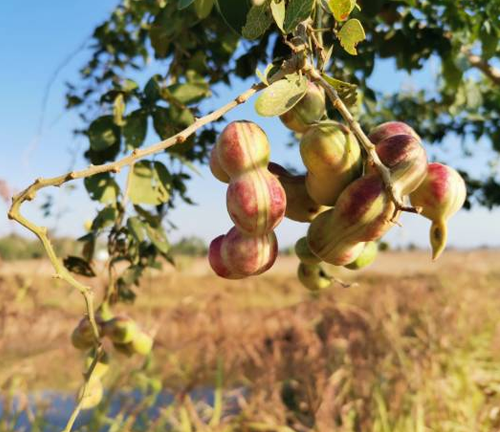
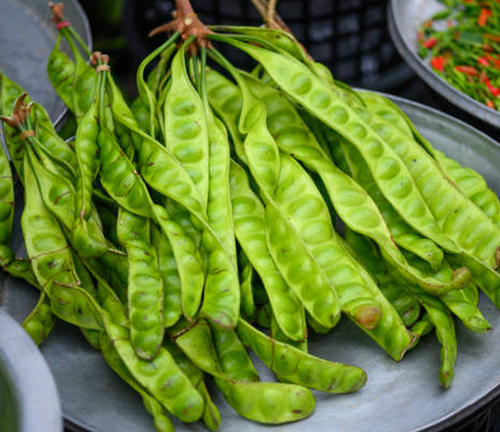
Parkia speciosa (Stink Bean or Petai)
Another tree sometimes referred to as Kupang in local dialects, Parkia speciosa is a member of the same genus as Parkia timoriana and is highly valued for its edible seeds (petai or stink beans). These seeds are used in various Southeast Asian dishes.
Frequently Asked Questions (FAQs)
1. What is the Kupang Tree?
The Kupang tree is a term that can refer to different species, most notably Parkia timoriana and Pithecellobium dulce. These trees are commonly found in Southeast Asia and play an important role in local ecosystems, cultures, and economies.
2. What are the different species referred to as the Kupang Tree?
The most common species referred to as the Kupang tree are:
Parkia timoriana – native to Southeast Asia, known for its nitrogen-fixing properties and cultural importance.
Pithecellobium dulce (Manila Tamarind) – known for its edible pods and medicinal uses.
Parkia speciosa (Stink Bean or Petai) – valued for its edible seeds.
3. Where is the Kupang Tree typically found?
The Kupang tree, particularly Parkia timoriana, is native to Southeast Asia, including regions like Timor, Myanmar, Thailand, and surrounding areas. Pithecellobium dulce is also widespread in tropical regions of Asia and Central America.
4. What are the ecological benefits of the Kupang Tree?
The Kupang tree contributes to local biodiversity by providing food and habitat for wildlife, including birds and insects. Its nitrogen-fixing ability helps improve soil fertility, and it plays a crucial role in preventing soil erosion, making it valuable for reforestation and conservation efforts.
5. What are the traditional uses of the Kupang Tree?
In traditional communities, the Kupang tree is used for its medicinal properties. Various parts of the tree, including its seeds, leaves, and bark, are used to treat ailments. The tree is also a source of food, with its pods and seeds being consumed in local cuisine.
6. What are the economic uses of the Kupang Tree?
The Kupang tree provides timber and non-timber products. Its wood is used for construction, furniture, and fuel. Additionally, the seeds and pods are harvested for food, and the tree is integrated into agroforestry systems, contributing to local economies by providing sustainable farming resources.
7. Is the Kupang Tree used in modern applications?
Yes, modern research is exploring the medicinal and nutritional benefits of the Kupang tree. Its leaves, seeds, and other parts are being studied for potential use in health products, cosmetics, and nutraceuticals. The tree is also used in sustainable development projects, such as agroforestry and reforestation.
8. What role does the Kupang Tree play in combating climate change?
The Kupang tree plays a role in carbon sequestration by capturing and storing carbon dioxide from the atmosphere, thus helping mitigate climate change. Its ability to restore degraded soils and improve biodiversity also enhances its environmental significance.
9. What are the challenges in conserving the Kupang Tree?
The primary challenges facing the conservation of the Kupang tree include habitat loss due to deforestation and agricultural expansion. Overharvesting for timber and non-timber products can also threaten its populations if not managed sustainably.
10. How can the Kupang Tree be sustainably harvested?
Sustainable harvesting of the Kupang tree involves using best practices such as selective harvesting of seeds, leaves, and timber to avoid overexploitation. Community education and proper management strategies are key to ensuring the tree’s long-term survival and use.
11. Is the Kupang Tree integrated into agroforestry systems?
Yes, the Kupang tree is commonly integrated into agroforestry systems due to its nitrogen-fixing ability, which improves soil fertility for other crops. Its shade, habitat support for insects, and food resources make it a valuable component in sustainable farming practices.
12. What is the cultural significance of the Kupang Tree?
The Kupang tree holds cultural importance in many indigenous communities. It has been used in traditional medicine and is often part of local rituals and folklore, symbolizing strength, resilience, and connection to nature.
13. Are there any modern innovations using the Kupang Tree?
Yes, modern innovations include the use of the Kupang tree’s parts in health products, sustainable farming practices, and environmental restoration projects. Researchers are exploring its bioactive compounds for medicinal applications, as well as its potential in sustainable industries.


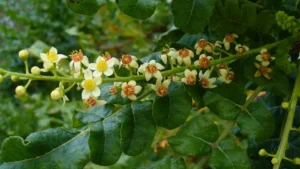
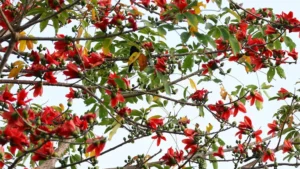
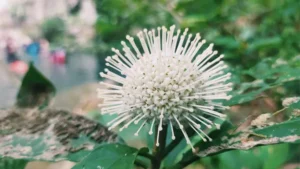
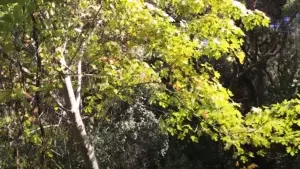
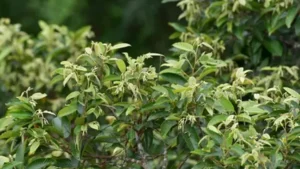
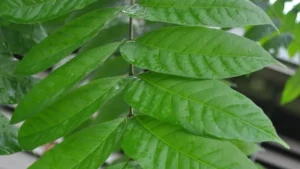

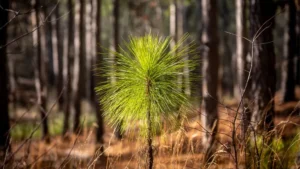
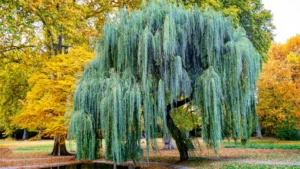

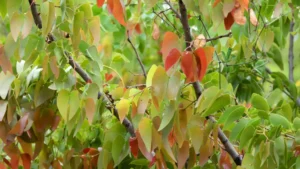
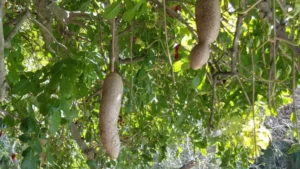
Leave your comment